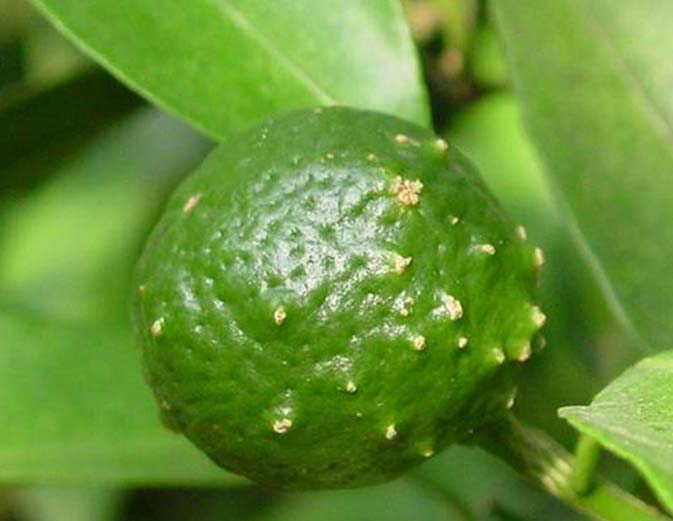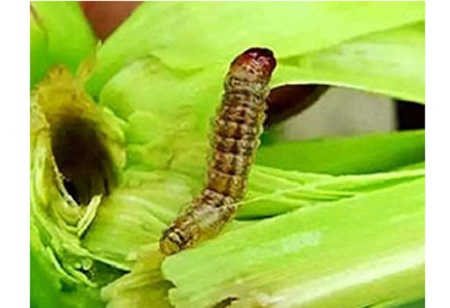
Blight
Bacterial blight:
Bacterial blight is caused by the infection of xanthomonas,which mainly overwinter in the seeds and can also overwinter in the soil with the disease residues.
After the plant gets sick, it will produce bacterial pus, which is transmitted by wind, rain and insects, and invades from the water hole, stomata and wound of the plant leaves.
The main occurance crops are: Leguminous crops such as beans and lentils, carrots, cloves, mulberry, cassava, etc.
The higer fugal blight:
The main and most common type is solanaceous plants (such as early blight of tomatoes, peppers, potatoes and eggplants), belonging to the genus Alternaria, a fungus of the subgenus Hemiptera.
Occurrence regularity:
The pathogen mainly overwinters on the diseased residue and seeds with mycelia and conidia. It invades and spreads directly from the stomata, wound or epidermis through airflow, irrigation water and farming operations. With the temperature 26-28 ℃, this disease is severe under high temperature and humidity.
Solution:
The crop science company CHICO has accumulated rich experience and could offer the corresponding high-class solutions, e.g.: the series of CALIBUR PRO®(Thiodiazole Copper 18% + Kasugamycin 2% SC), CYFA ®(Cymoxanil 30% + Famoxadone 22.5% WDG).






























